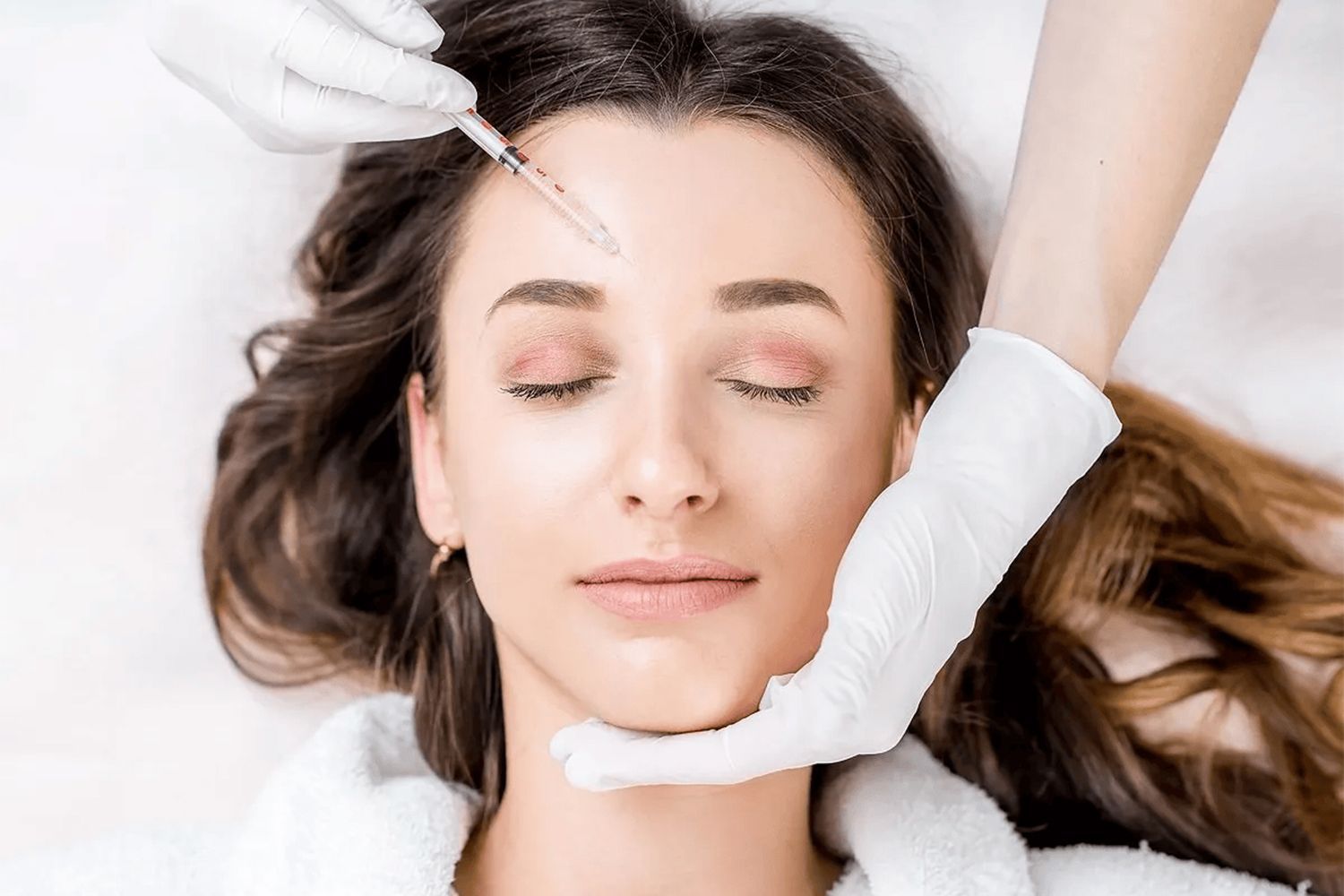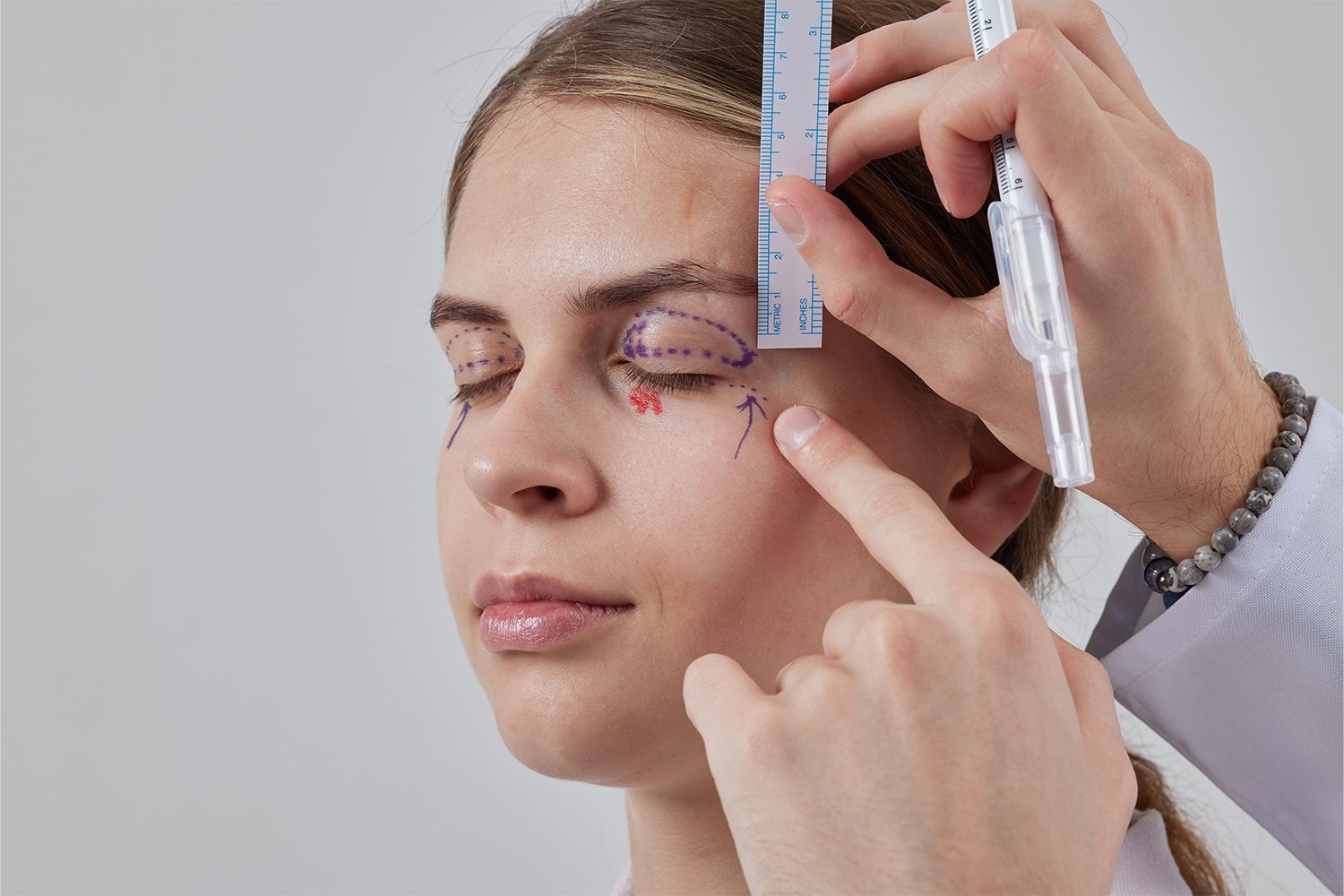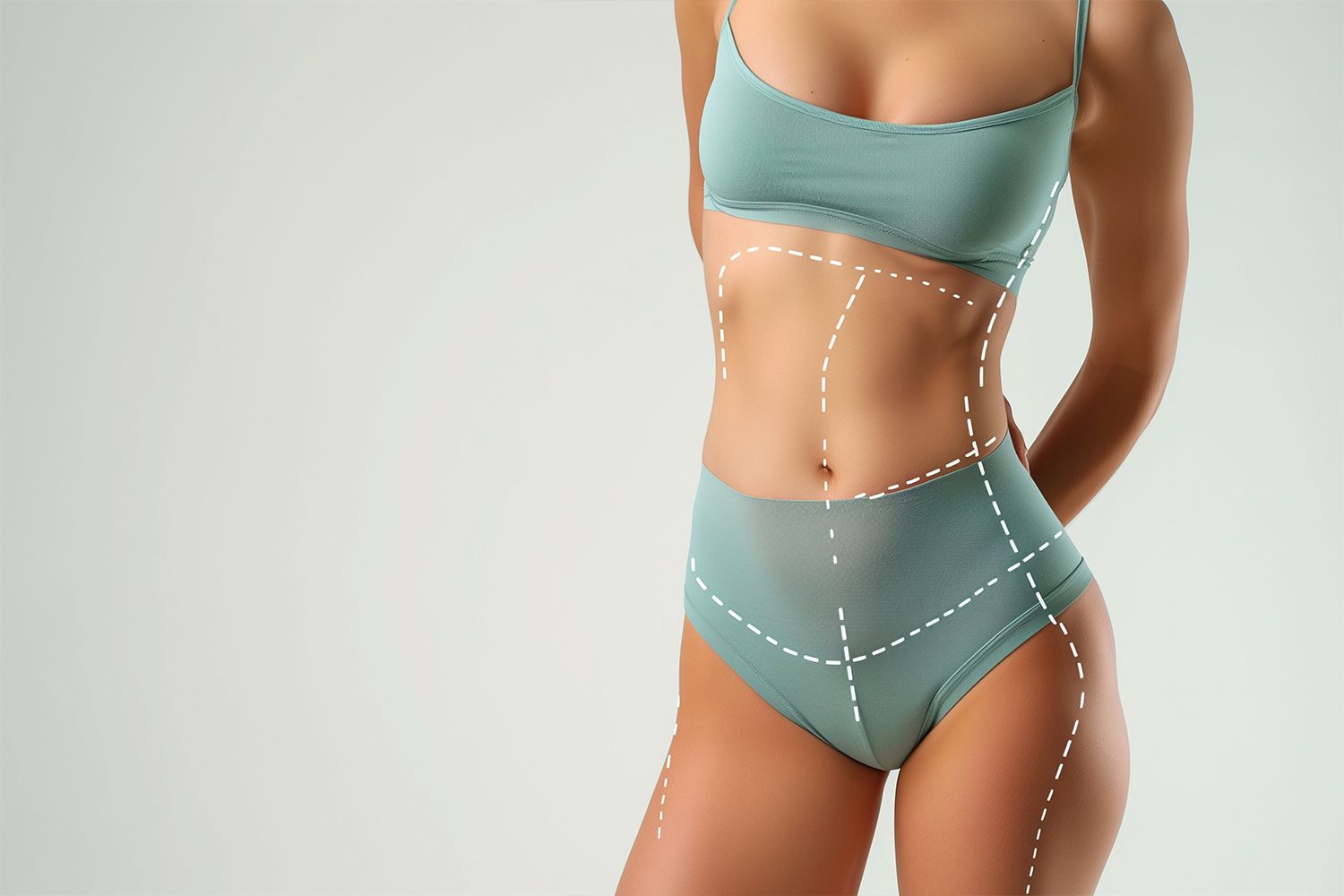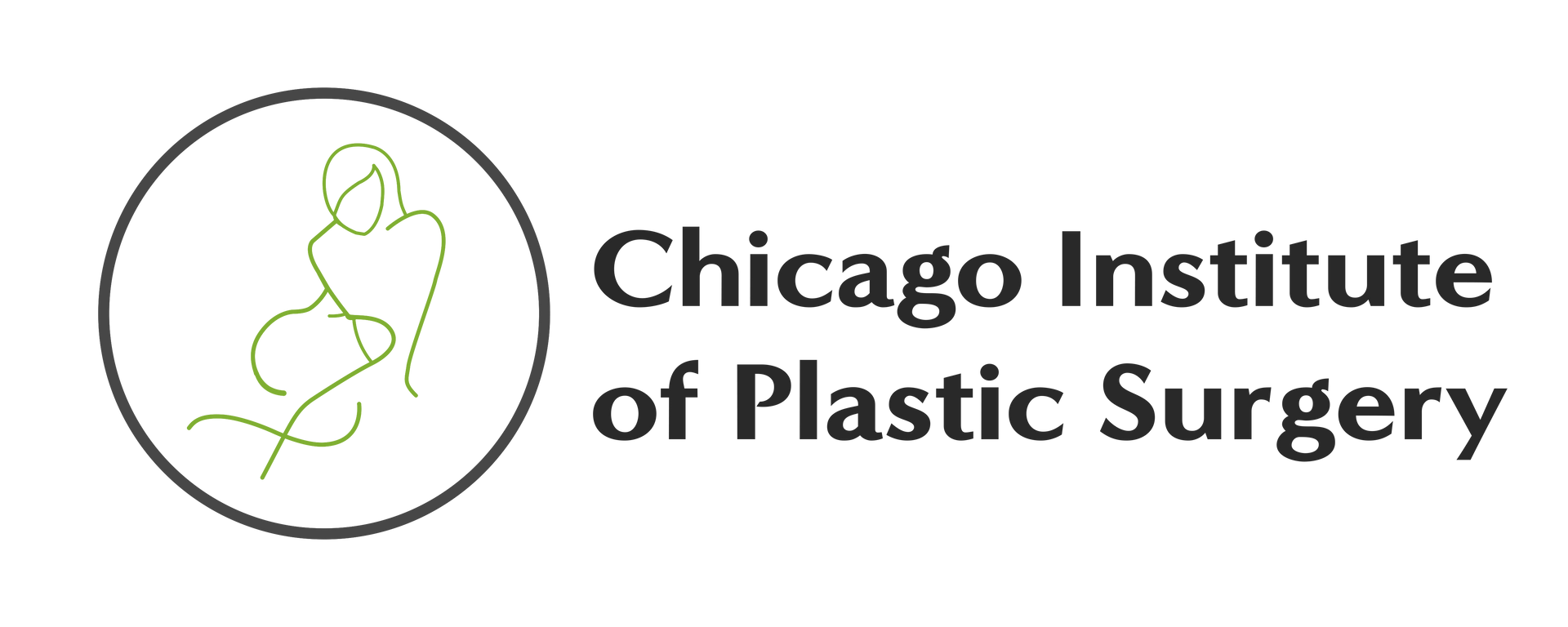What Is The Best Age For Facelift Surgery?
- By Nirav Patel
- •
- 09 Sep, 2022
- •

Are you planning for face lift surgery in Chicago?
Did you know at what age this facelift surgery will prefer?
Actually, there is no magic age at which it is considered the best time to get a facelift. However, certain factors influence the best age range. A facelift is usually not recommended for people under the age of 30. Facelifts are most effective in your 40s, 50s, and 60s because those are the ages when the signs of aging become more visible.
A facelift at a high-quality clinic, such as CI Plastic Surgery Clinic, is an excellent way to reverse the effects of aging and revitalize your appearance. Our top surgeons determined that sun exposure, lifestyle choices, life stressors, and environmental factors are causing the facial skin to become delicate and prematurely age. All of these factors have an impact on your skin's health and quality, and they can lead to undesirable conditions like deep folds, fine lines, sagging, and age spots.
People age in different ways due to a variety of factors such as health, lifestyle, and mental state. The most effective way to determine the best age for you to get a facelift is when you begin to be concerned about the effects of aging and any non-surgical treatments you have tried are no longer as effective as they once were. Patients over the age of 40 will see the best and most noticeable results, especially if they combine the procedure with a skin rejuvenation treatment. This is because people in their 40s are old enough to show common signs of aging, but young enough to regain their youthful appearance.
Patients over 50, on the other hand, may require facelift surgery in conjunction with other surgical procedures to regain a more youthful appearance. A facelift combined with a neck lift is the most commonly combined procedure, and it is very effective in tightening and smoothing the skin.
Now that you know the best age for a facelift, let's look at the signs of aging to look out for, which, if you notice them, are indicators that a facelift is in order.
Reasons for having a facelift
● Loose or sagging skin
● Loss of facial volume
● Sagging jowls
● Facial shape changes
Types of facelifts
There are several types of facelifts that may be a better fit for your objectives. During a consultation, Dr. Dhaval Patel can determine your best options.
Neck lift
If you have significant signs of ageing and sagging skin around your neck, a neck lift surgery is a great procedure for removing extra fat tissue and giving the neck area a more youthful and defined appearance. To provide a more comprehensive and well-rounded facial rejuvenation, a neck lift is frequently performed in conjunction with a facelift.
Mini Facelift
A mini facelift is ideal for people who only require minor alterations to their lower face. It's a popular choice for people in their late 30s and early 40s because it's a great option if you only have minor signs of aging. This procedure, in comparison to a traditional facelift, requires a much smaller incision and has significantly less downtime.
Traditional Facelift
A traditional facelift, also known as a full facelift, is what most people envision when they hear the word "facelift." It's ideal for people with moderate to severe aging signs around the midface and neck. In a traditional facelift, extra skin and fat tissue are cut out and reshaped before being repositioned in a more youthful, upright position. It may result in more pronounced, enduring, and transformative outcomes.
Frequently Asked Questions About Facelift
Facelifts can they ever look natural?
Yes, facelift surgery has the potential to produce some of the most natural-looking results. In general, you can expect a more rejuvenated and youthful facial appearance. To achieve the best results, find an expert surgeon to perform any treatment on your face or other body parts.
How long does it take for a facelift to wear off?
A full facelift may provide the most long-term solution to aging signs. Typically, the effects last up to 15 years after the treatment. Less invasive procedures, such as mini facelifts and S-lifts, produce more moderate results that typically last between two and six years.
Is Botox required after a facelift?
Botox is not required following a facelift procedure. You can, however, combine the two treatments for a better outcome. It's worth noting that you don't have to wait for Botox to completely wear off before getting a facelift. If you are looking for botox treatment in Chicago? Then CI Plastic Surgery Clinic is the best option.
Why do I require fillers following a facelift?
Patients frequently inquire whether having a facelift will affect the effectiveness of fillers and injections like Botox. Fillers are commonly used after a facelift to enhance the lips, cheeks, temples, and eye areas. This ensures that no scar tissue forms as a result of the treatment.
Does a facelift remove wrinkles?
Yes, a facelift procedure usually removes wrinkles. It may also help you look better by removing fine lines, drooping skin, and other unsightly features. In some cases, the treatment may assist you in regaining your youthful appearance. For wrinkle treatment in Chicago, contact Dr. Dhaval Patel for more detailed information.
How can you guarantee a successful facelift surgery?
Given the cost of a facelift and the recovery time, protect yourself by having yours done at the best time and by someone who can achieve the results you desire. The best way to find out if now is the right time for you to get a facelift is to speak with D. Dhaval Patel and learn about all of the options that can help you look your best at any age.
To schedule a consultation, book an appointment today with our specialists.
You may also read our previous blog Top 6 Procedures to compliment your facelift result!




journey doesn't end there. From meticulous pre-surgery preparations to diligent post-operative care, there's a roadmap that leads to successful results and long-term satisfaction. But what are the key considerations that could make or break your eyelid surgery experience in the Windy City?

desired outcome. Each option offers distinct benefits, but the choice ultimately depends on various factors unique to your situation. Let's explore the key considerations to guide you towards selecting the most suitable procedure for your individual needs.

plays a vital role in your post-operative experience. By incorporating these strategies into your routine, you can pave the way for a successful and comfortable healing journey.



one piece of the puzzle. So, before jumping to conclusions, it's essential to understand the nuances involved in this intriguing discussion. Let's explore the complex relationship between breast size and sagging to unravel the truth behind this common assumption.


